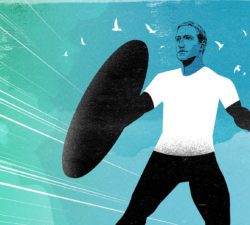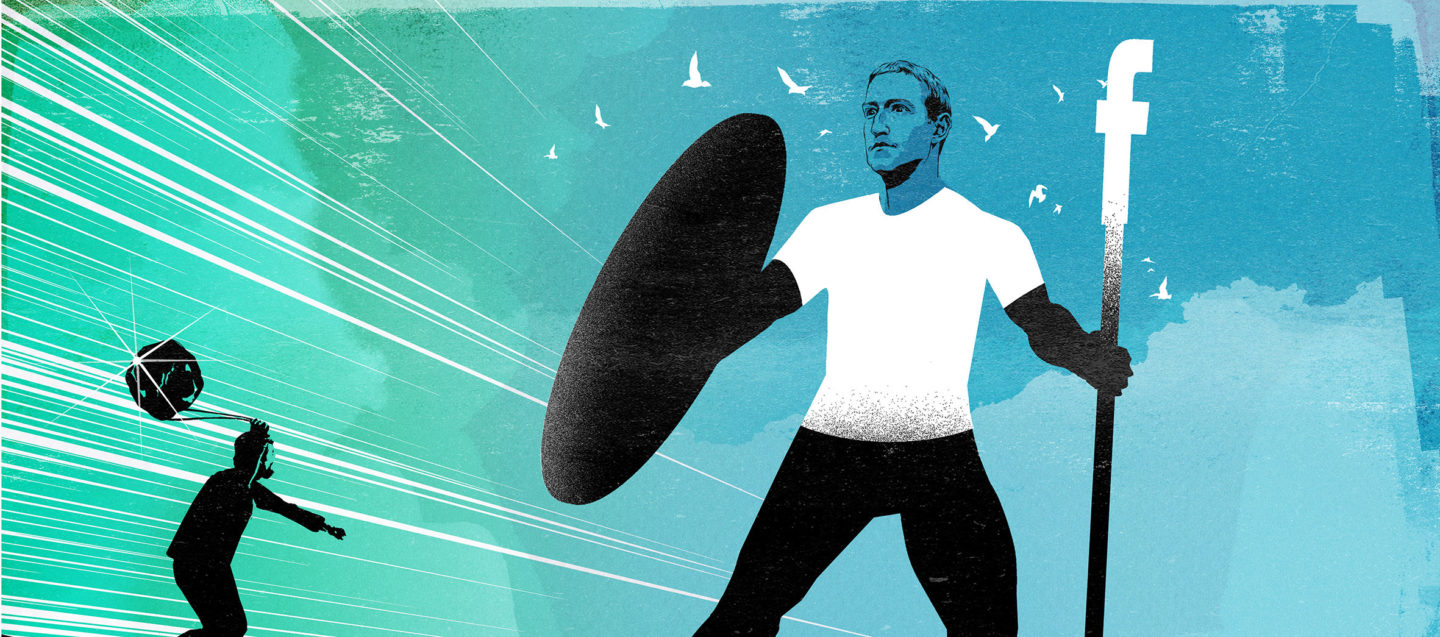Driven by economic changes wrought by the pandemic, entrepreneurship has boomed across the world’s major economies in the past couple of years.
There has been a cultural shift, too: society now worships at the altar of entrepreneurship — at least judging from news websites, case studies and social media, which are awash with success stories and hashtags that romanticize the life of the founder. The creators of multi-billion-dollar companies, such as Elon Musk, Jeff Bezos and the late Steve Jobs, have become the rockstars of the business world.
Society has a success fetish. But rarely does the harsh reality of being a founder receive enough attention: the setbacks, problems, disappointments — and the inevitable failures. While Instagram and TikTok make heroes of risk-taking, the flipside of that — the high failure rate — is still taboo. The danger is that this creates a false impression that being an entrepreneur is easy. It is not. Understandably, few entrepreneurs…



 Audio available
Audio available